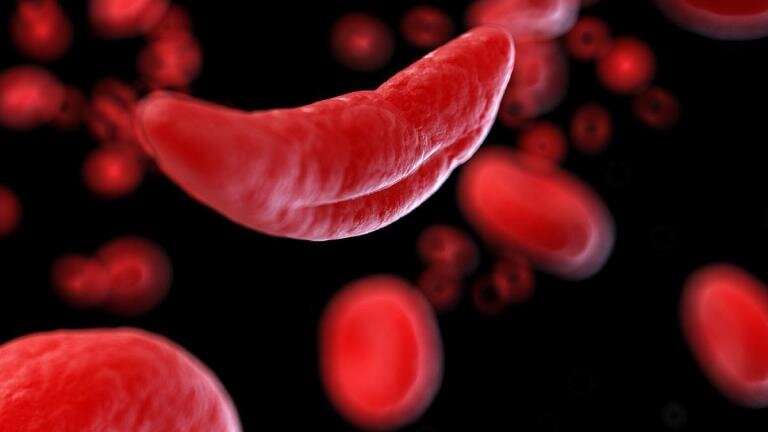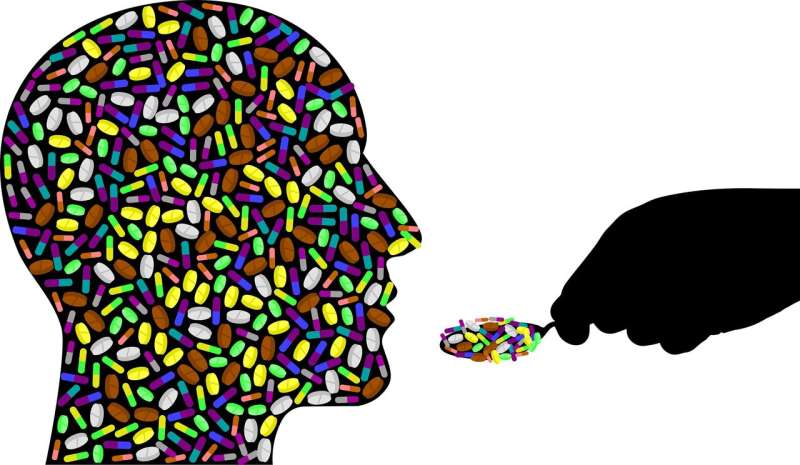Research Uncovers Role of Spinal Ligaments in Scoliosis Development

New research highlights the crucial role of spinal ligament development in understanding scoliosis formation, using chick embryo models to uncover structural changes linked to spinal deformities.
Scientists from Trinity College Dublin are exploring how the development of spinal ligaments contributes to spinal stability and postural support. The goal is to better understand how developmental irregularities may lead to spinal deformities such as scoliosis, which often manifests as a lateral curvature of the spine. Scoliosis can affect individuals of any age but is most common in children and adolescents, often causing back pain, structural abnormalities, and in severe cases, reduced lung capacity and breathing difficulties.
The recent research, published in the Journal of Anatomy, utilized chick embryo models to closely examine the maturation of spinal ligaments. This study focused on profiling six key ligaments during late developmental stages, observing changes in collagen fiber organization that contribute to tissue strength. Findings revealed specific structural modifications that could be critical in understanding ligament function and development. Lead researcher Rebecca Rolfe highlighted the importance of future studies to investigate how these ligaments change during maturation and the role embryonic movement plays in their development. While embryonic movement's impact on tendons is well-known, its influence on ligament formation remains unclear.
A significant aspect of this research is the potential link between ligament development and scoliosis. Since spinal ligaments can be altered in scoliotic patients, the scientists aim to explore if ligament defects during embryogenesis predispose individuals to spinal deformities later in life. The chick embryo model was confirmed as a valuable tool for studying spinal ligament formation, paving the way for future research into structural causes of adolescent scoliosis.
Overall, by understanding the structural and functional development of spinal ligaments, researchers hope to identify early markers or interventions to prevent or mitigate conditions like scoliosis, improving quality of life for affected individuals.
Source: https://medicalxpress.com/news/2025-07-scientists-spinal-ligament-scoliosis-formation.html
Stay Updated with Mia's Feed
Get the latest health & wellness insights delivered straight to your inbox.
Related Articles
Exploring Botox as a Potential Treatment for Jaw Pain in TMJ Disorder
Recent research highlights the potential of Botox injections directly into the TMJ as a safe and effective treatment for jaw pain caused by TMD, offering hope for improved management of this debilitating condition.
Expanding Access to Sickle Cell Gene Therapies Through Innovative Medicaid Program
Connecticut joins a pioneering federal program to improve access to cutting-edge gene therapies for sickle cell disease among Medicaid patients, promoting affordability and effectiveness.
New Insights into Challenges of Decentralized Clinical Trials for Patients and Researchers
A groundbreaking study reveals the benefits and challenges of decentralized clinical trials, highlighting impacts on research staff and patient experience. Balancing technology with human support is key to trial success.
Understanding Persistent Regional Disparities in Opioid Overdose Deaths Despite Overall Decline
Despite a decline in national opioid overdose death rates, regional disparities in the US persist, with the western states experiencing a rise driven by fentanyl and stimulant co-involvement. This study emphasizes the need for targeted, region-specific strategies to combat the evolving opioid crisis.



